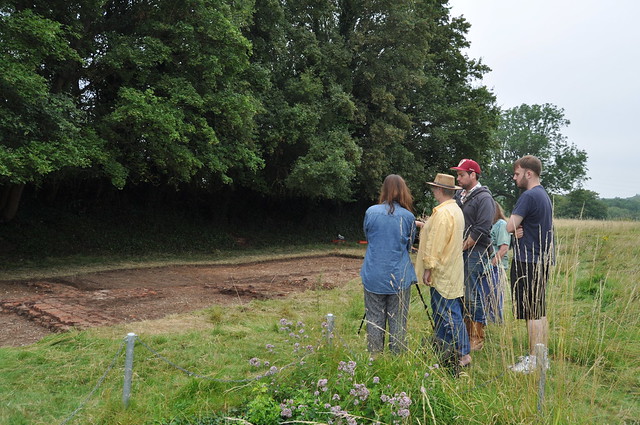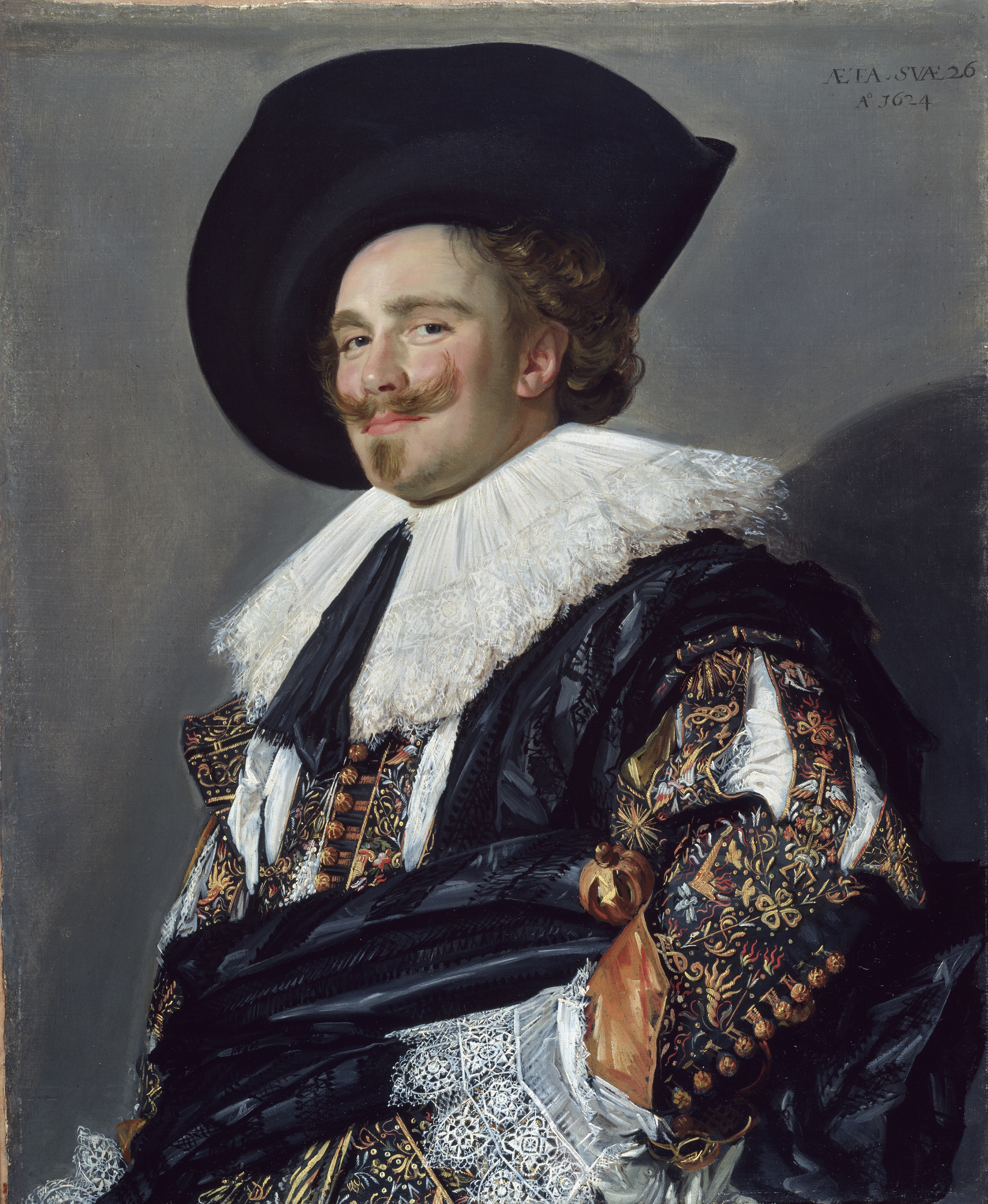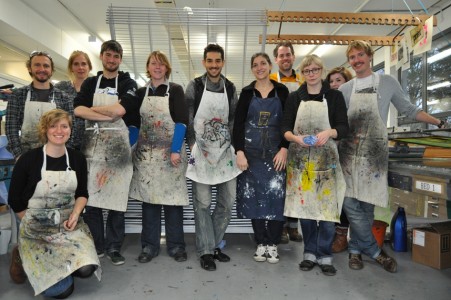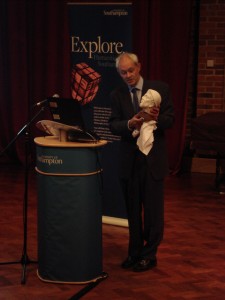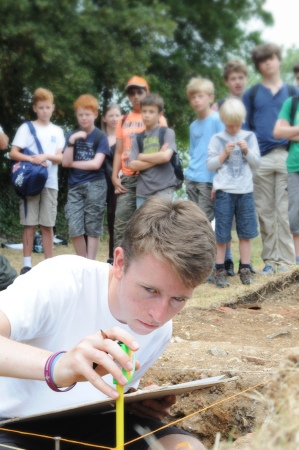
A Summer of Digital Heritage at Basing House
Gareth Beale, Basing House Project Co-Director and Researcher at the Centre for Digital Heritage at the University of York talks about how the work of the Basing House Project fits into contemporary themes in Digital Heritage research. For more information about Digital Heritage or to find out what Gareth does for the rest of the year visit the CDH website or Blog.
Continue reading →

